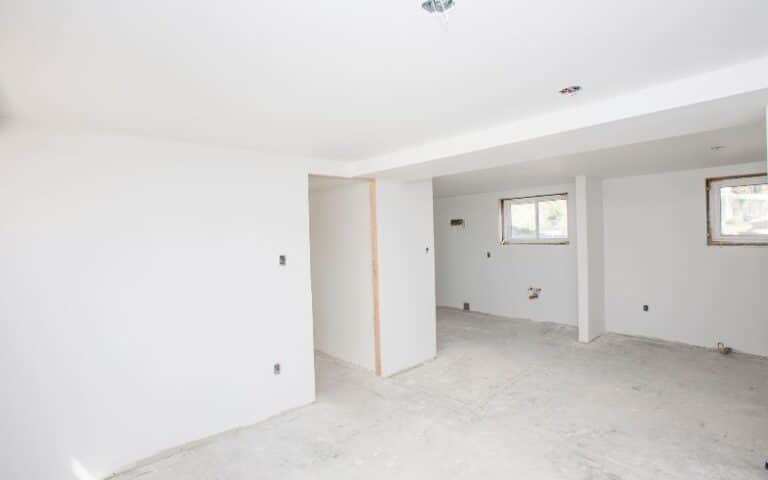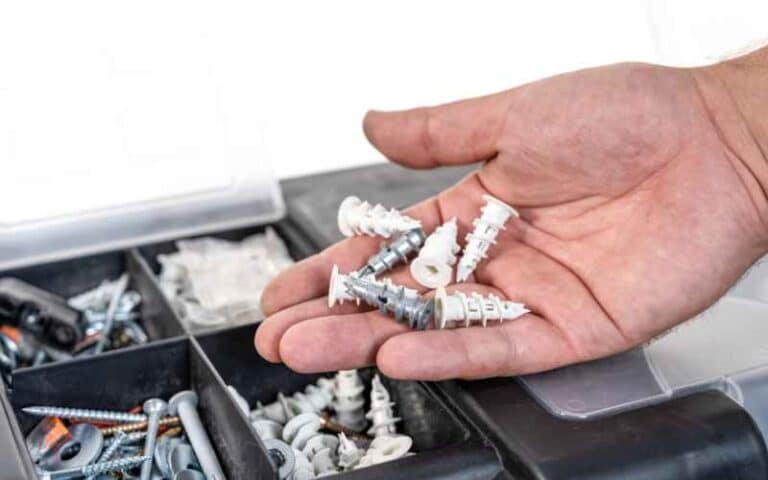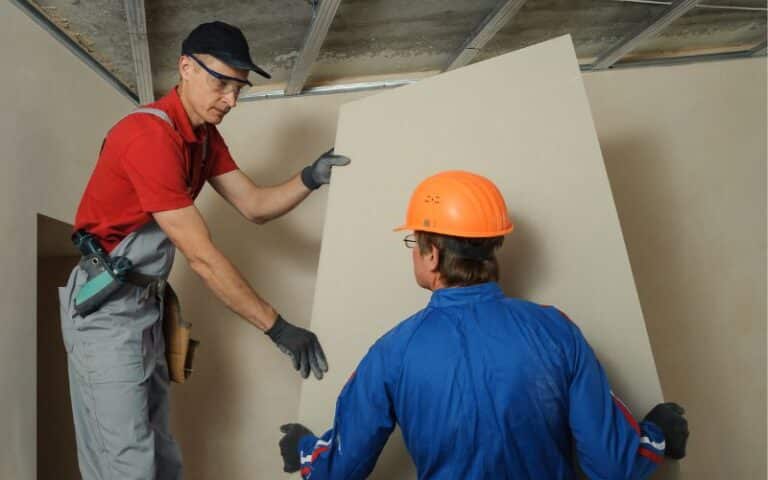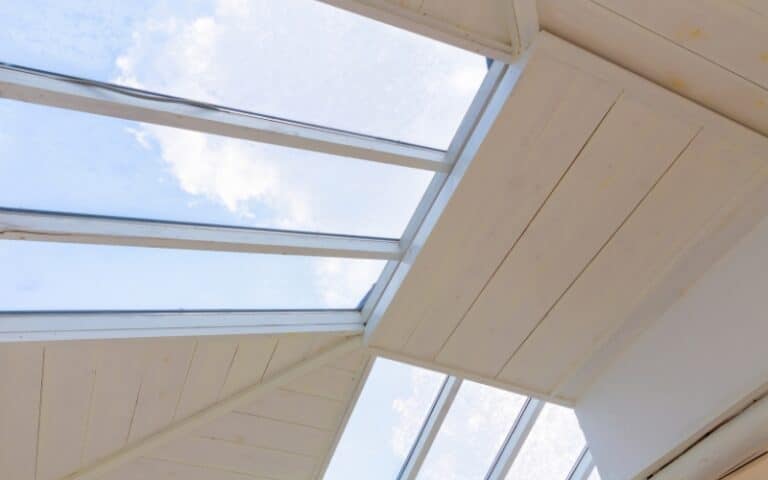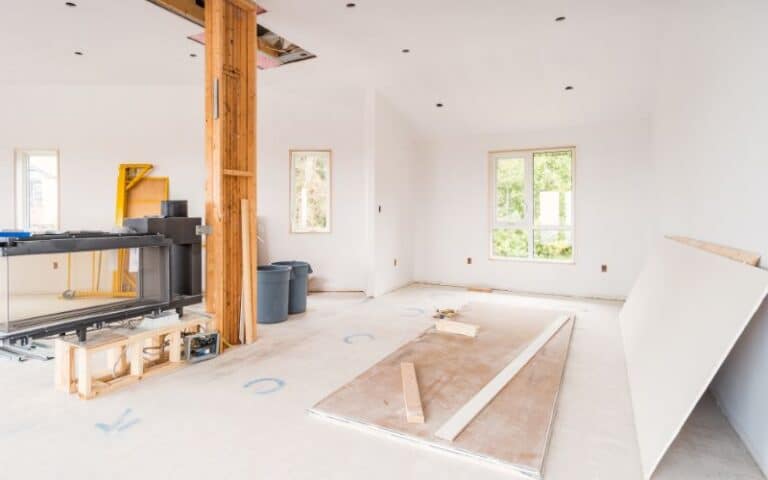For many, drywall cracks are just a decorative nuisance; for others, they can become a major cause of concern when found anywhere around the house.
Whichever school of thought you stand by, I am sure of one thing, you would not like to see a drywall crack in your home.
However, it is sad to say that this is a ubiquitous and almost unavoidable sight that we keep seeing with virtually every turn of our eyes.
Drywall cracks are a sight that is very common both in new and old homes and may emerge from the house “settling” or over time due to stress. You can address this by re-taping the joints; if considered cosmetic, it can be covered by repainting the wall. At other times, these cracks are signs of a much bigger problem.
As this article continues to unfold, watch out for whether or not drywall cracks easily and the causes, if you must worry about the crack, and how you can fix it.
Ready for a Drywall Quiz?
Do Drywalls Crack Easily?
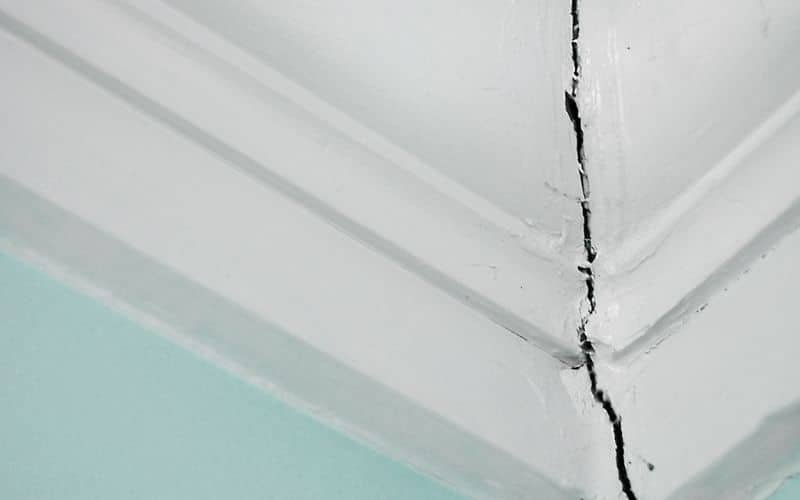
Naturally, your drywall should not crack that easily, but most times, when you see cracks, it is located inside the building, where it is undergoing more stress than the others.
The corners of your doors and windows are the most common places to find these cracks. It is undeniable for interior and exterior openings (doors, windows, etc.).
You will also find the crack at the seam where two pieces of drywall come together. You will discover the crack taking a horizontal or vertical movement at the seam.
If you own a house with vaulted ceilings, there is every possibility of cracks at the points above the ceiling in your home.
If you have places in your house where two pieces of drywall panels converge, you may also find cracks. It occurs where there is a joint and a taping with drywall mud.
What Causes Cracks in Your Drywall?
There are many potential causes of cracks in your drywall, primarily due to stress.
Below is a list of some of the major causes of cracks in drywall;
#1. New Home Settling
There is usually a high moisture level in some new lumber used in constructing houses. The lumber tends to move a bit as the moisture dries out, generating cracks in the new house.
If this happens often, let the house stay for less than a year before you begin repairing. It will be enough time for the wood to dry and note all the cracks.
Then, you can confidently retape all the joints without any fear that you will one day see cracks appearing on your wall again.
#2. Time/Age
Over time, you will notice that houses move in a challenging way. And the place you will most likely end up with a crack will be the weakest part of the wall.
The wall comprises vertical studs that run from the ceiling down to the floor. However, the studs must be cut to install doors or windows.
And during this construction, additional framing is attached to the adjacent studs, although they are still the weakest spot in the entire wall. When settling starts, they will start cracking.
These cracks are often referred to by contractors as “Hairline cracks” and do not in any way mean that there is a structural problem. Instead, you can simply retape and repaint the wall.
#3. Faulty Taping
During the installation of drywall panels, you usually apply drywall mud to the space between the panels and then cover it with paper tape.
However, if there isn’t enough drywall mud to stick underneath the tape, it pulls away from the wall with time. With this, you will find a fine crack where the tape is pulled.
If you are dealing with a single crack, then it is something applying household glue and pushing it back into position can fix.
However, if your tape keeps pulling out in other places, it’s best to re-tape all the joints; otherwise, your problems will reoccur.
#4. Leaking
Have you ever noticed discoloration along the edges? It is usually a result of water that flows along the wall framing and ends up saturating the drywall.
After saturating, it becomes soft and then deteriorates, creating a crack that appears to have a yellow or brownish outlook (stains).
The leaking water often comes from a window, roof, or an attic waterline that appears leaky.
Before fixing and retaping the drywall crack, you should first find and repair the source of the leak.
#5. Structural Failure
Suppose your foundation has shifted, lost support (due to damage by termite), or sunk; you will notice the crack in your house is large, jagged, or diagonal.
You can see it as a structural problem if the size of the crack on the house is about one-quarter inch.
Here, you will have to bring in an engineer to carry out an inspection and show you the cause.
You can begin to make drywall repairs as soon as you address the structural issues, which may mean replacing panels and retaping the joints.
#6. Vacant House
Keeping your house, especially a vacation house, empty for a few months increases the chances of the house developing cracks around it, both the ceilings and walls.
It would happen due to a lack of climate control that would have been possible if there were properties in the house.
Temperature and humidity fluctuations end up causing the framing and drywall to expand, resulting in cracking. When this crack occurs, you can also re-tape and paint it.
Should You Worry About Cracks in Your Drywall?
For many, just seeing a single crack is enough reason for them to begin to overreact. But that should not be the case with you because not all cracks are the same.
The various cracks vary in length, breadth, and direction or path they move. You should be concerned with cracks as large as 15mm.
Some cracks appear suddenly, and those appear slowly over some time. The table below shows the different types of cracks and their characteristics.
| Types | Characteristics |
|---|---|
| Negligible | A crack 1mm in width can be fixed by redecorating or repainting. |
| Slight | The crack is between 1-5mm in width and can be fixed with a filler. |
| Moderate | The crack is 5-15mm wide and may require a building professional. |
| Severe | The crack is up to 25mm wide and may indicate structural damage. |
| Very severe | The crack is above 25mm and needs major repairs like underpinning and rebuilding. |
| Vertical | Often appears on plastered walls and is wider than 0.5cm |
| Diagonal | Appears like a set of stairs arranged on the wall, probably due to structural movement. |
What if the situation warrants that you become worried? It will be best to talk to your landlord, especially if you live in a rented apartment. For he is responsible for fixing it.
However, if it is your building, you should have building insurance to make a claim when and where it is necessary.
However, if the crack appears only on the plaster, there is a big chance that the fault is yours. So, you should go over your agreement regarding the rent.
If you are worried about the cracks in your building, call for a structural engineer or an experienced construction professional to help handle the issue.
Usually, they study the cracks to know if the crack has stopped or whether there is a potential for the crack to keep on going. That way, they will know whether to keep investigating.
It can be a simple procedure involving removable studs placed on the sides of the crack to monitor it. It could also include using a wireless monitor to monitor the temperature and crack.
How to Fix Cracks in a Drywall (Step by Step)?
To fix an issue, you need the right tools and materials. And so the table below shows the tools and materials you would need for your drywall cracks.
| Tools | Materials |
|---|---|
| A drywall knife of 6 inches | A role adhesive drywall mesh joint tape |
| An electric drill | A can of multipurpose spray adhesive |
| A foam sanding block | A can wall texture (but optional) |
| A drywall knife of 12 to or 14 inches | 10 drywall screws, coarse thread, 1-⅝-inch |
| A tub drywall joint compound ready mixed |
To fix the cracks in our drywall; you must follow these steps:
- Use the 6-inch drywall knife to remove the loose paper and other obstacles.
- Find the stud (closest to the cracks).
- Then there should be screws on both sides of the cracks to stabilize it and the screws down to about ½ inch.
- Then apply adhesive if the crack is 3 to 4 inches wide. You can also use mesh tape with adhesive backing, but it is unreliable, so you should use adhesive spray for a tighter bond.
- Then, apply the mesh tape over the crack.
- You should place the drywall compound on the 12-14 inch knife and run it over the crack.
- Then add more drywall compound from one to about three light coats and widen the patch further.
- Then, use a sanding block to sand the patch’s edges.
- You can also texture the wall using a can’s premix texture.
- Wait 24 hours for the patch to dry, then paint the wall.

